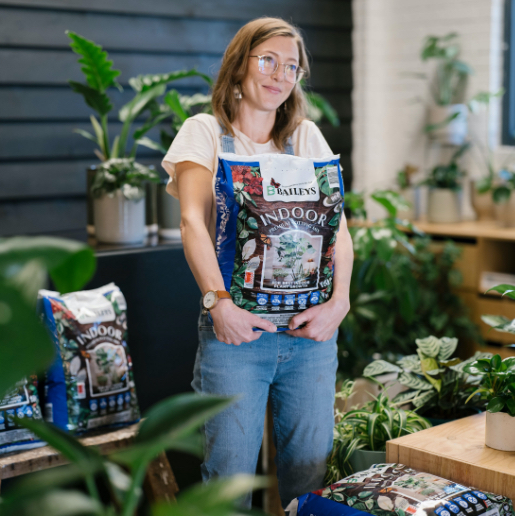
Join our Great Gardens Club!
Sign up to enjoy 15% off your first purchase from Baileys online. Plus, get our monthly WA gardening tips, latest news and promotions straight to your inbox.

Sign up to enjoy 15% off your first purchase from Baileys online. Plus, get our monthly WA gardening tips, latest news and promotions straight to your inbox.
There's nothing more satisfying than snapping fresh Asparagus spears out of the veggie patch for dinner as you need them. This nutrient-packed veggie is low in calories and a great source of fibre, folate and vitamins A, C and K.
Many people have never seen Asparagus growing, but cultivating your own at home is very easy and rewarding, the hardest part being the patience required while you wait for your first usable harvest. Don't expect to be eating homegrown asparagus in your first season, instead wait till the spears have reached the thickness of your pinkie, usually in their second year when the crown has developed. From then on though, you can expect a seasonal crop for up to 15+ years! Happy days.
Asparagus is a herbaceous perennial plant, and each winter the foliage dies back and the crown and roots store energy until the warm weather returns. New shoots are produced in spring from these energy reserves. If allowed to develop, the spears grow into tall fern like fronds, which produce energy and intern develop the underground crown.
Asparagus plants can be grown from seed, seedlings or more commonly dormant crowns, and late July, August or early Sept is the best time to plant.
Asparagus likes friable, organic rich, well-draining, slightly alkaline soils, within a pH range of 6.5 - 7. It also likes deep soils, with roots growing to as far down as 1 meter. They require a sunny position, at least 8 hours a day, so choose a spot and prepare your soil a week in advance to planting accordingly.
Planting
As previously mentioned, no spears should be cut during the first season, instead allowing the tall fronds to grow freely and the crown to establish. In subsequent years, harvest only those spears that are thicker than a pencil and about 20 - 25 cm tall. Cut with a sharp knife just below ground level and eat fresh or cooked. Allow thinner spears to develop into fronds, particularly later in the season.
Growing from Seed
An economical way to grow Asparagus is by seed, or with seedlings instead of crowns.
There are male and female Asparagus plants. The males have better quality spears and the females produce small red berries in autumn. Collect the berries when they're ready to produce seed and sow them.
If you do grow from seed or seedlings, after planting leave for about two or three years for a strong root system to develop. Don't pick any of the crop, just let it grow naturally, following the maintenance tips above.